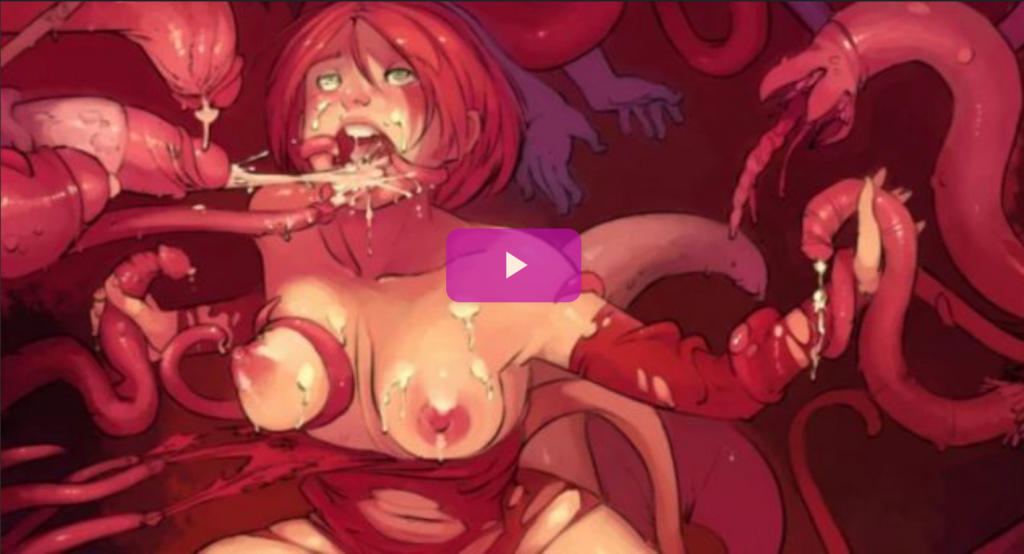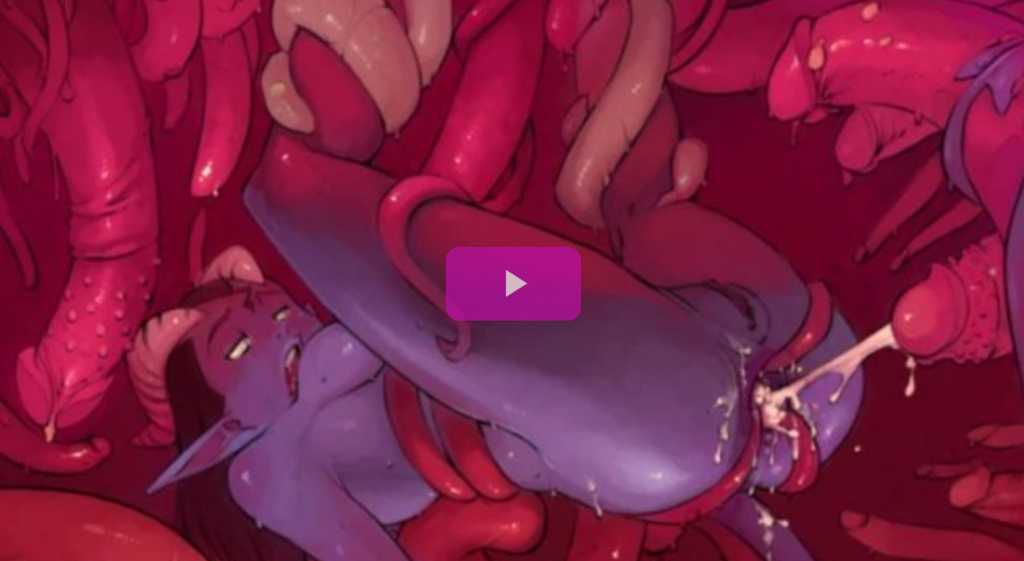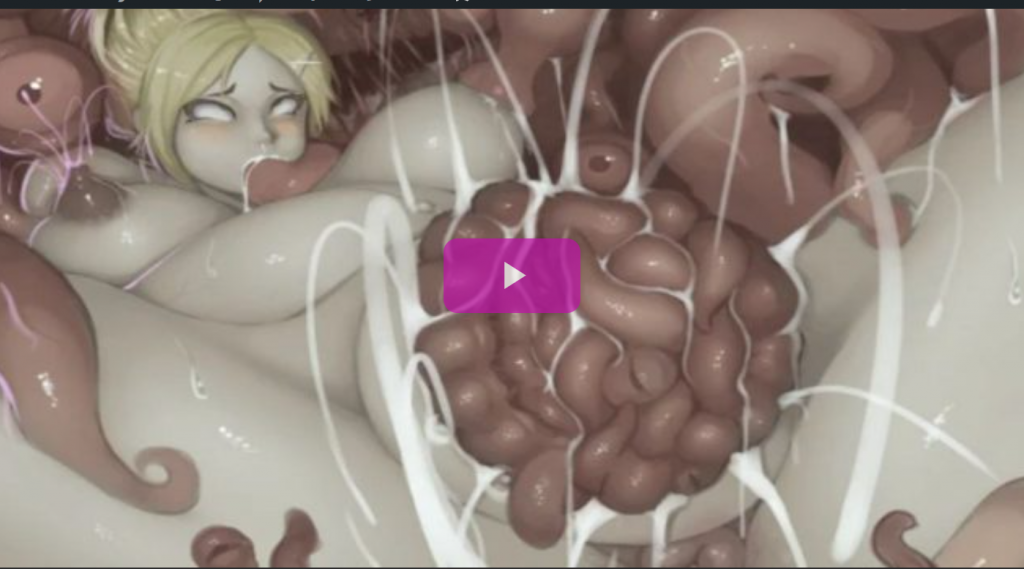Introduction
XXX Cartoon Tentacle is an adult webcomic created in 2014 by illustrator and writer Sam D. It follows the adventures of a group of tentacle creatures and their human friends as they explore their world and try to find a way to fit in. Along the way, they discover the secrets of their world, battle monsters and other creatures, and learn to understand and accept each other. XXX Cartoon Tentacle is a fun and exciting comic that deals with topics such as acceptance, friendship, and identity. It is a great example of how adult comics can be both entertaining and thought-provoking.
How the Tentacle Has Evolved in XXX Cartoon Culture

XXX cartoon culture has seen a unique evolution of the tentacle as a motif. Initially seen in Japanese animation and manga, the tentacle began to emerge in the 1980s as a symbol of horror, sexuality, and the unknown. As the popularity of XXX cartoon culture grew, so did the prevalence of the tentacle. In the 1990s, the tentacle began to be used in XXX cartoons as a way to shock and surprise viewers. Directors began to include tentacle imagery in their works as a way to evoke a sense of the unknown and to create a humorous or unsettling effect. Tentacles quickly became a popular form of comedy in XXX cartoons, used to poke fun at cliches or to add a sense of chaos to a scene. As time has gone on, the role of the tentacle in XXX cartoon culture has become more complex.
While some works still evoke shock or humor through the use of tentacle imagery, other cartoons have begun to explore deeper themes such as power dynamics, control, and identity through the use of tentacles. The tentacle has become a powerful symbol of the unknown, and its presence in XXX cartoons can be used to explore themes of fear, dominance, and the unknown. The tentacle has come a long way since its introduction to XXX cartoon culture, and its evolution has made it an important symbol in the medium. It has become a powerful tool for directors to explore themes of fear, identity, and power, and its unique presence in XXX cartoons continues to evolve.
Exploring the Morality of Tentacle-Themed Characters in XXX Cartoons

In recent years, tentacle-themed characters have become a popular motif in XXX cartoons. While some viewers are drawn to these characters for their comedic or aesthetic value, it is important to consider the moral implications of their inclusion in media. Tentacle-themed characters often take the form of tentacled monsters or creatures with tentacles, usually in a sexualized context. They are often depicted as powerful, domineering, or even predatory. This can lead to a perception of tentacle-themed characters as immoral or dangerous, which can be damaging to viewers. At the same time, some creators of XXX cartoons have used tentacle-themed characters to represent complicated moral issues, such as consent and the power imbalance between genders.
For example, in some cartoons, tentacle-themed characters are portrayed as victims of abuse, or as powerful figures who are ultimately defeated by the protagonist. This representation can be used to explore the nuances of morality, and to provide viewers with valuable insight into difficult topics. Ultimately, it is up to viewers to decide for themselves how to interpret the morality of tentacle-themed characters in XXX cartoons. While some may find them offensive or inappropriate, others may find their portrayal to be thought-provoking or even empowering. In any case, it is important to recognize the potential of these characters to explore complex moral issues, and to consider the implications of their inclusion in media.
Examining the Subtext of Tentacle-Centric Storylines in XXX Cartoons
The emergent presence of tentacle-centric storylines in XXX cartoons has generated a great deal of debate in the academic community. While some regard these storylines as a harmless form of entertainment, others have raised serious concerns about the underlying implications they may have. This essay will explore the potential subtext of tentacle-centric storylines in XXX cartoons and consider how they may be interpreted by viewers. The prevalence of tentacles as a motif in XXX cartoons has been linked to the Japanese Hentai genre of animation. In this genre, tentacles are often used to suggest a sense of powerlessness in the female character, as well as a general sense of violation. This can be seen in the popular tentacle monster plotline, wherein a female character is subjected to the unwanted advances of a tentacle creature. The use of this trope can be seen as an exploitative representation of female characters, with the tentacles symbolizing an external force of domination. The subtext of tentacle-centric storylines is further complicated by the fact that many of them feature female characters who appear to be enjoying the experience, despite being subjected to a form of non-consensual sex. This may suggest that viewers are being encouraged to view a form of sexual violation as a pleasurable experience, or that they should accept and even embrace such violations as normal. This type of narrative normalizes sexual assault and can have a detrimental effect on viewers, particularly those who have experienced similar types of abuse in their own lives.
Ultimately, there is no definitive answer as to what the subtext of tentacle-centric storylines in XXX cartoons may be. However, it is clear that these storylines contain potentially troubling implications for viewers. It is important for viewers to be aware of these potential implications and to think critically about the messages they are receiving from these types of narratives. Furthermore, viewers should be encouraged to seek out more nuanced and empowering representations of female characters in animation.
A Look at How Tentacle Monsters Have Been Used as Villains in XXX Cartoons

Tentacle monsters have been a popular source of villainy in cartoons for decades. From the classic Japanese anime series to modern American cartoons, these tentacled creatures have been used to create suspense and excitement in a variety of ways. In many of these cartoons, the tentacles represent a powerful force of evil. They are often used to convey a sense of danger and mysteriousness, making them an effective tool for creating villains. In some cases, the tentacles can even take on a life of their own, bringing about chaos and destruction. One of the earliest examples of tentacle monsters as villains can be found in the classic Japanese anime series, “Urusei Yatsura”. In the series, a group of aliens called the Oni use their tentacles to terrorize the people of Earth. The Oni are portrayed as malicious creatures with immense strength and power, and they use their tentacles to kidnap and manipulate humans. Another classic example of tentacle monsters as villains is found in “Sailor Moon”. In this series, the villainous Queen Beryl uses her tentacle monsters to attack the heroines and cause chaos.
The tentacles are often used to take control of people and objects, demonstrating Beryl’s power and her willingness to use it for evil. In recent years, tentacle monsters have been used as villains in American cartoons as well. In the popular series “Rick and Morty”, a giant tentacle monster serves as a recurring villain. The monster is portrayed as a powerful force of destruction, using its tentacles to cause chaos and destruction wherever it goes. Tentacle monsters have been used as villains in cartoons for decades, and they continue to be a popular source of suspense and intrigue. As technology advances, these monsters are becoming even more powerful and dangerous, allowing writers to create more thrilling stories. No matter what the setting may be, tentacle monsters remain an effective tool for creating villains and providing audiences with an exciting and suspenseful experience.
Analyzing the Significance of Tentacles in XXX Cartoon Aesthetics
Tentacles have become a prominent feature in XXX Cartoon Tentacle aesthetics, with their incorporation in various forms of media such as cartoons, comics, and video games. Tentacles are often used to create a sense of unease and horror in the viewer, as well as to evoke the mysterious and unknown. This can be seen in the work of Studio Ghibli, where the sea monster in the film Spirited Away is depicted as a giant octopus-like creature with long tentacles. Similarly, the anime series Attack on Titan features a giant, tentacled creature as its main antagonist. Tentacles can also be used to symbolize power and control. This can be seen in the character designs of the alien villains in the popular manga series Dragon Ball, who have tentacles coming out of their heads. The tentacles of these villains are often used to demonstrate their superior strength and ability to manipulate those around them. Tentacles can even be used to create a sense of comedy in cartoons, with their comical shape and movement.
The popular cartoon series SpongeBob SquarePants features a character named Squidward Tentacles, a grumpy octopus with a large nose and tentacle-like arms and legs. This character is often used as a source of comic relief in the show, often providing a slapstick element to the plot. Overall, tentacles are a versatile feature in XXX cartoon aesthetics, with their incorporation in various forms of media. They can be used to create a sense of unease, horror, power, and control, as well as to provide a source of comedic relief. As such, tentacles are an important feature in the development of cartoon aesthetics, and their use should be recognized for its ability to evoke certain emotions in the viewer.
Conclusion
XXX Cartoon Tentacle is a unique and entertaining way to explore the world of animation. It offers viewers a unique visual experience with its unique art style and storytelling. Through its different themes and storylines, viewers can explore and understand different cultures, values, and beliefs. The artwork is also visually stimulating, providing the viewer with a unique experience. XXX Cartoon Tentacle is a great way to explore the world of animation and can help viewers gain a better understanding of the world around them.
